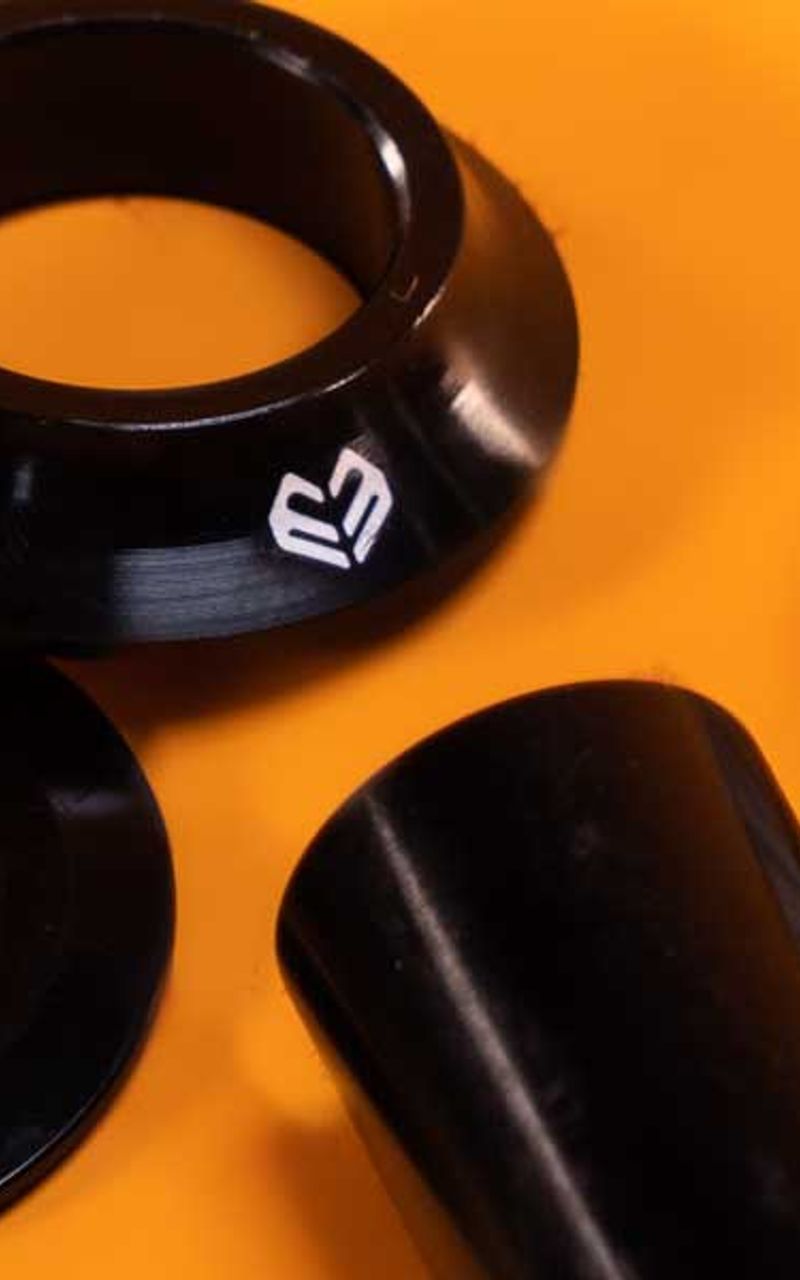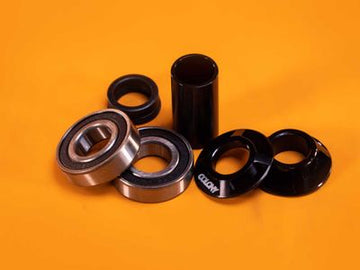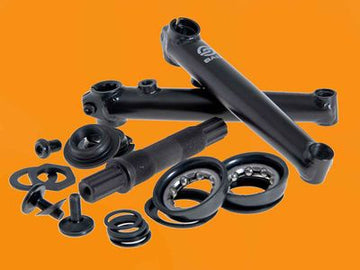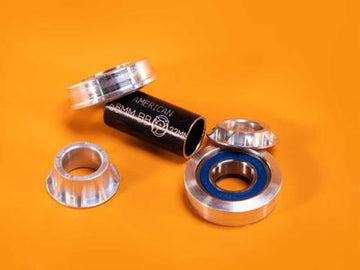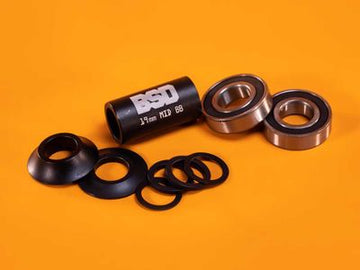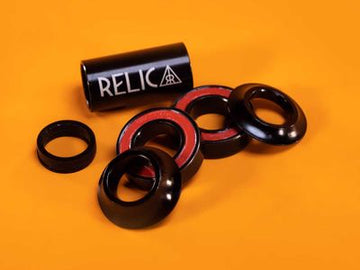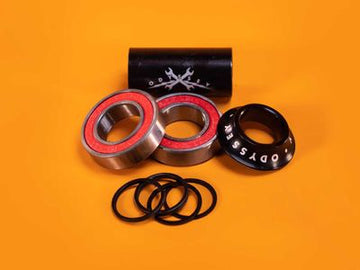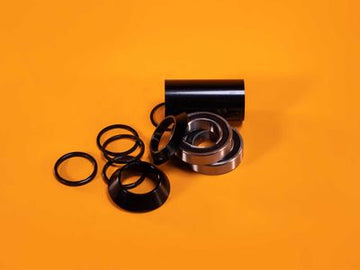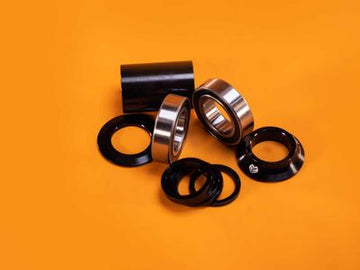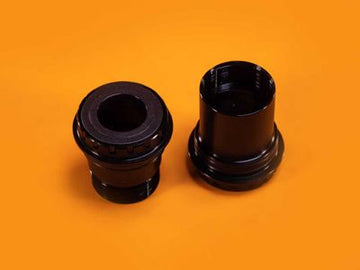Step
01.
Size and Style
Bottom brackets come in two main designs Loose ball and Sealed ball bearing. Since this is an article aimed at buying bearings for your BMX in 2020 we will leave the loose ball bearings here. Now we have that established the next thing to decide is what type of bearing you will need. BMX frames are made in a variety of sizes and shapes and the tubing where the bottom bracket fits is no different. Bottom brackets for BMX bikes...
Step
02.
Colour & Brand
Since the functional component of your bottom bracket is made by a third party it leaves brands only able to change the colors and spacer designs that we have seen over the years. Bottom brackets come in an array of colors, tones, and textures, with many brands offering something new to keep it customizable. Most Brands in BMX make a bottom bracket since it’s such a simple piece so riders are spoiled for choice when it comes to picking out...
Step
03.
Price
Even though Bottom brackets come in a variety of styles and sizes they don’t vary in price much with the main difference being between internal and external bottom bracket styles. Cheaper bottom brackets start in the $30-$40 range, whereas the upper end of the scale could see you paying $100-$110 for an external Bottom Bracket.
